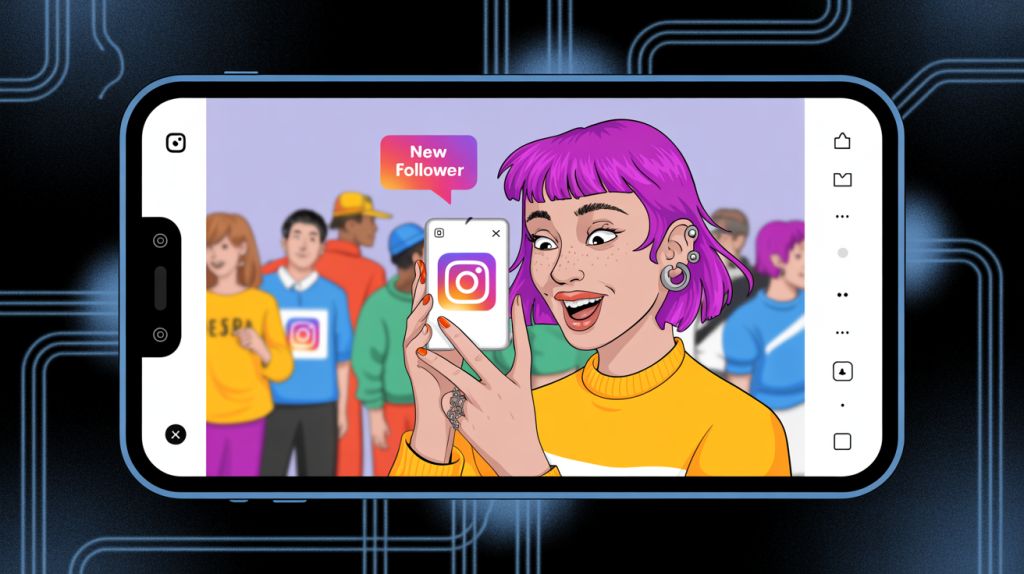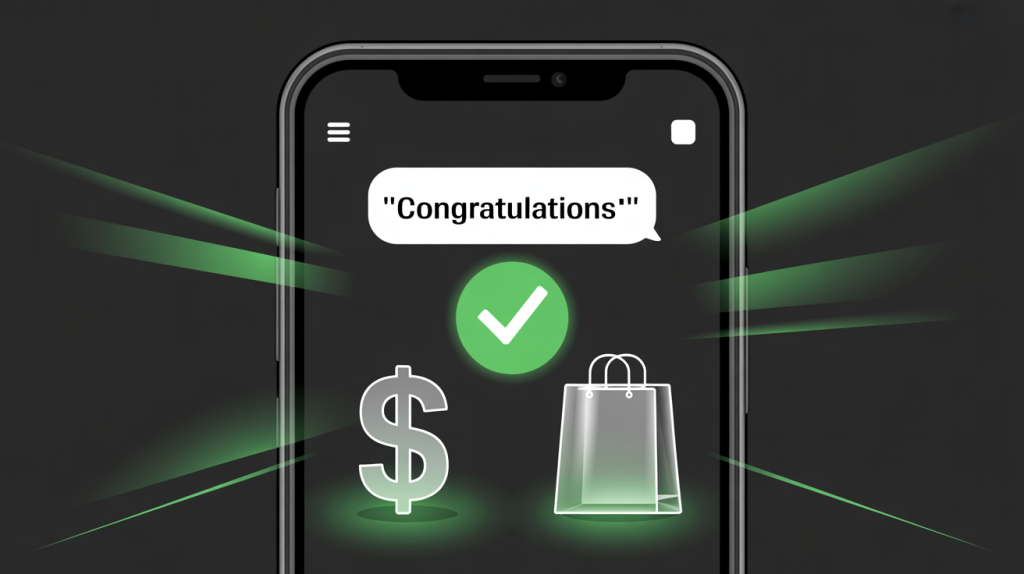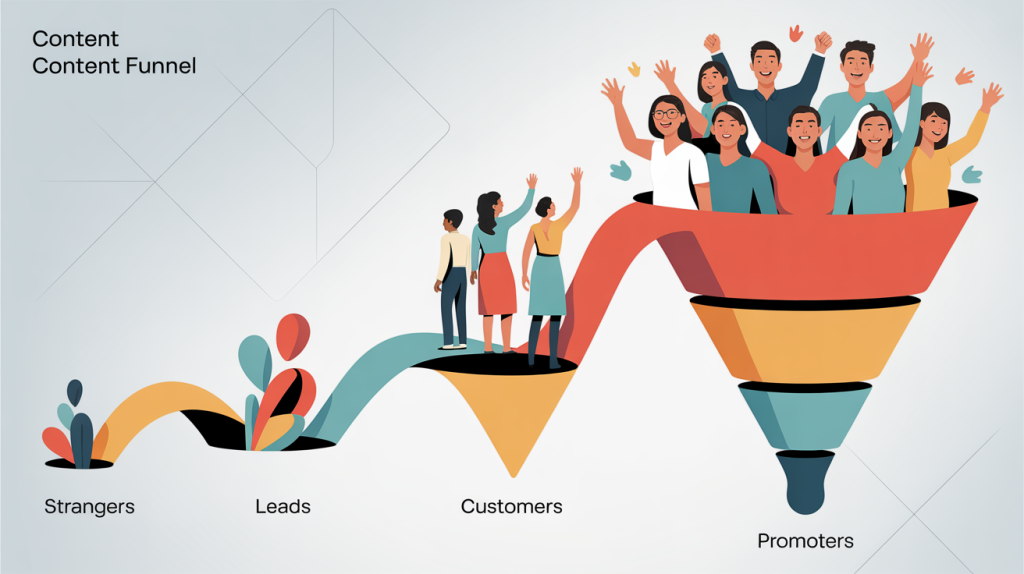Many people struggle to turn their social media presence into a sustainable business. They might gain followers, but those followers rarely turn into paying customers.
The secret to bridging this gap isn’t a single viral video; it’s a strategic system that guides your audience from their very first interaction with your brand to their final purchase.
This system is a content funnel, and it is a vital tool for achieving consistent growth and sales. This guide will break down the content funnel, stage by stage, showing you how to strategically create and distribute content that moves your audience through each level, from stranger to customer and beyond.
The Top of the Funnel – Strangers
The top of the funnel is all about attracting “strangers” and turning them into “visitors”. These are people who have never heard of you before, and your goal is to capture their attention and give them a reason to follow you.
The most effective way to do this is by creating high-value content that can be easily discovered on platforms like the Explore page, TikTok, and ViralFindr.

The main content types for this stage are Reels and single images. Reels are a powerful tool because they have a high value (both long and short-form) and are designed for broad reach, making them perfect for attracting a new audience.
Single images, when used as infographics, are also a great way to provide immediate value and make a strong first impression. The content at this stage should also include inspirational posts and guides, giving your audience a reason to connect and follow you.
The key is to provide immense value upfront without asking for anything in return, building that initial trust and piquing their curiosity.
The Middle of the Funnel – Leads
The middle of the funnel is where you work to transform your visitors into “leads,” or potential customers. They’ve already found your content and decided to follow you, so they have a baseline level of trust.
Now, your goal is to deepen that relationship and provide them with content that directly addresses their problems and positions you as the best person to solve them.
The content types for this stage include single images, carousels, and stories, all of which are designed to build a more personal and intimate connection.
At this stage, your content should focus on three key actions. First, you need to shift your audience’s belief about a problem they think they have. This means providing a new perspective or an insight that reframes their challenge, making them realize that your solution is the one they need.
Second, you must provide a solution to their pain points. The content should be practical and helpful, giving them a clear path forward. Lastly, you need to show your authority.
You can do this through educational content, testimonials, or by sharing your own personal success stories. By mastering this stage, you are not just providing information; you are building a bridge to a paid solution that your audience will feel confident in investing in.
The Bottom of the Funnel – Customers
The bottom of the funnel is where you transform your “leads” into “customers”. At this stage, your audience is ready to buy, and your content should provide them with the final push they need to make a decision.
The content types for this stage include stories and DMs, both of which are designed to create a direct and personal connection.
At this point, you should focus on three key actions. First, continue to connect with your audience. This is a crucial step that builds trust and helps you understand their specific needs.

Second, you should promote your services. This can be done by sharing testimonials, case studies, or by simply talking about your services and how they can help your audience.
Lastly, you need to show how you stand out from your competitors. You can do this by highlighting your unique value proposition, sharing your personal story, or by simply showing your audience why you are the best person to help them.
When you master this stage, you will not only gain a new customer but a new fan who is more likely to buy from you again.
The Bottom of the Funnel – Promoters
The final stage of the funnel is where you transform your “customers” into “promoters”. A promoter is more than just a customer; they are an advocate for your brand who is willing to share their positive experience with others.
This is the most powerful form of marketing, as it is based on trust and genuine connection.
To turn customers into promoters, you must focus on three key actions. First, you need to continue to connect with your clients. This shows them that you value their business and that you are committed to their success.
Second, the sales conversion should be a seamless and positive experience. A great sales experience can be the difference between a one-time customer and a loyal fan. Lastly, you need to build relationships with your clients.
This can be done by providing them with exclusive content, giving them a special discount, or by simply checking in with them to see how they are doing.
When you invest in your customers and build a relationship with them, they will be more likely to share their positive experience with others, turning your customers into a powerful network of advocates who will help you grow your brand for years to come.
Conclusion: The Blueprint for Lasting Growth
In a world where everyone is looking for a shortcut to viral fame, the most successful brands understand that sustainable growth is a strategic process. The content funnel is the blueprint for that process, providing a clear path to turning strangers into loyal customers and passionate promoters.
By mastering the four stages of the funnel, you are not just creating content; you are building a system that works for you 24/7. Begin by attracting a broad audience with high-value Reels and single images.
From there, lead them to a deeper connection with educational content and testimonials. When they are ready to buy, provide them with a seamless and personalized experience that turns them into a customer.
Lastly, continue to connect with your clients and build a relationship with them, turning them into a powerful network of advocates who will help you grow your brand for years to come.

